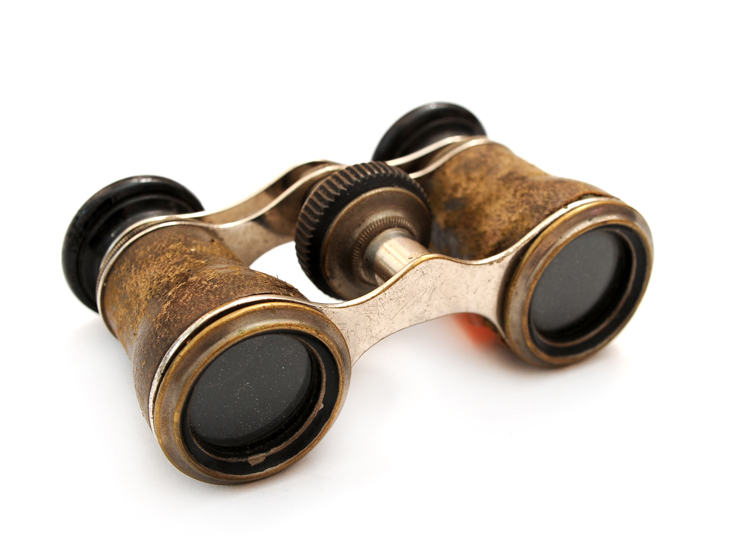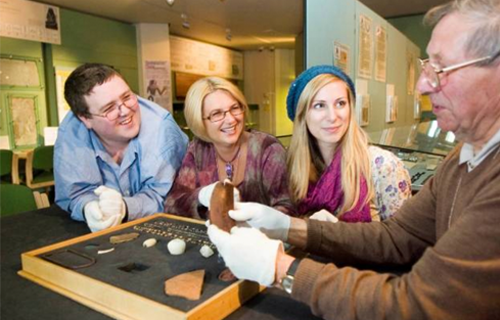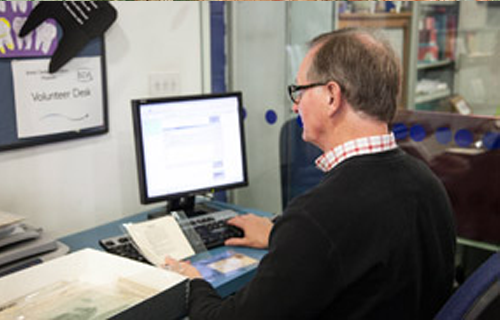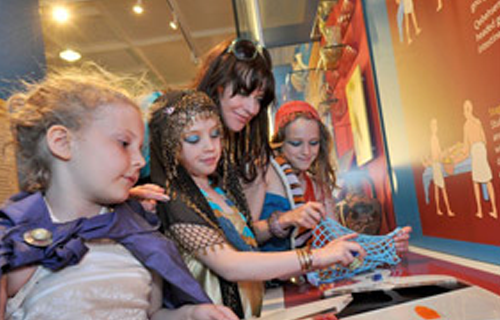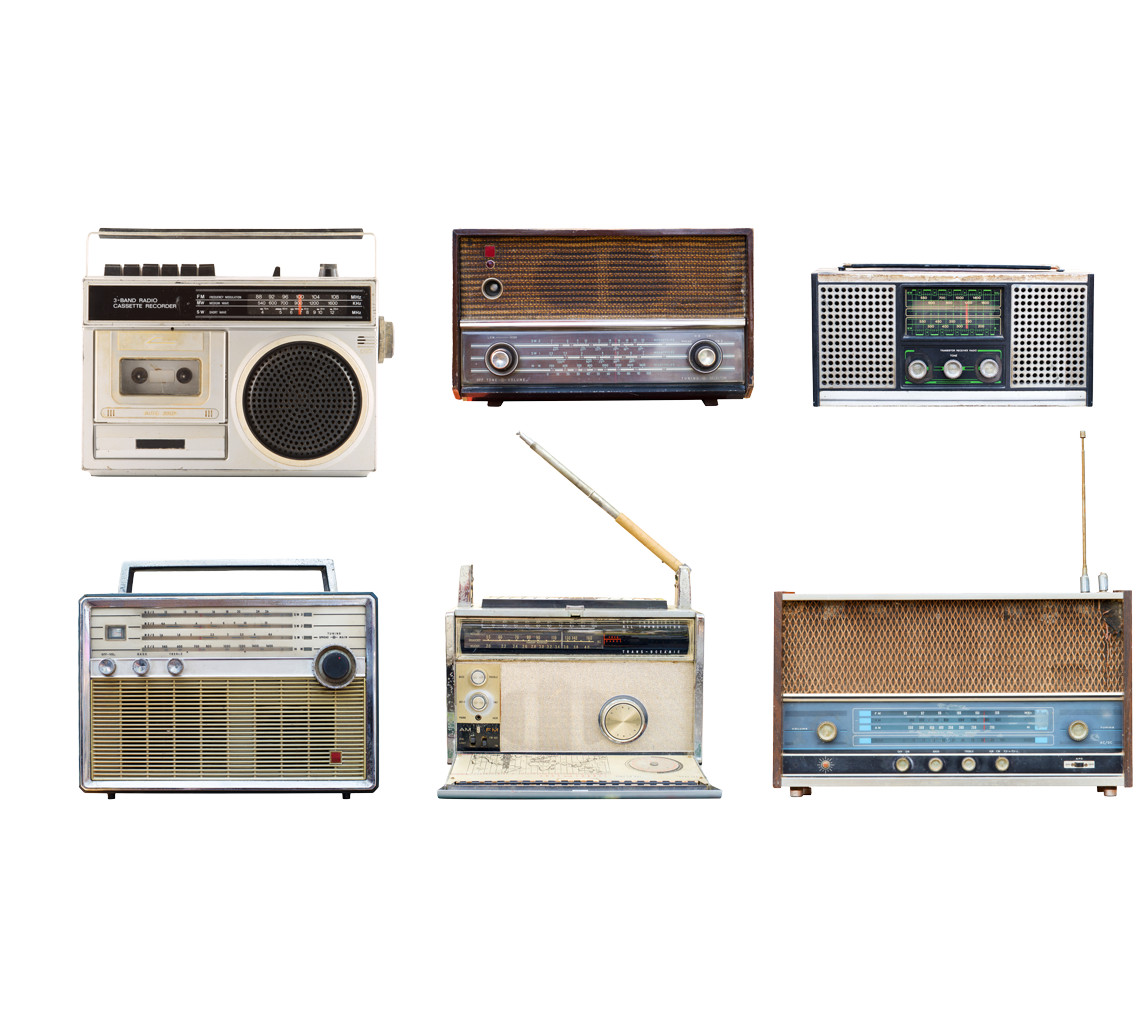Louth Museum
How has Modes helped you?
At Louth Museum we started using Modes in 2008. Richard from the Modes team came to Louth to bring the software and to demonstrate how to use it. He was expecting, I think to instruct a whole team of people, but there was only me! I began the process of entering information from the catalogue cards of accessioned items. I remember the feeling of achievement when I got to my 100th item! We now have more than 9,500 items on Modes.
The Modes database allows items to be quickly identified and located, and immeasurably speeds up the organisation of accessioned items in the Museum, and our response to queries from the public.
In the beginning there were no images on the database, so the records for each item were rather bleak. I began the process of scanning drawings, but it was in 2009 that the database really came to life, when photos were taken of all the items in the Museum.
We are undertaking a growing number of searches for visitors to the Museum, and also for those who enquire by Email. This can be time-consuming, but is often very rewarding, with a two-way sharing of information. For example, a local researcher interested in the history of public houses in Louth (there were a very large number of them) is giving us a summary of her insights, and this is held in digital form on the Modes system.
Overview of the organisation
Website: www.louthmuseum.org.uk
Source: Ruth Gatenby, Collections Manager
Louth Museum is run by the Louth Naturalists’, Antiquarian and Literary Society, which was founded in 1884; being part of such a historic society is one reason why we have such an eclectic collection of items in the Museum.
A big event for us in the past was our exhibition to celebrate the 80th anniversary of Cadwell Park. Cadwell five miles south of Louth, is recognised as one of the best superbike circuits in the country. The exhibition traced the history of the estate and the circuit, and attracted large numbers of visitors including many who do not normally visit museums.
We have a nationally renowned collection of woodcarvings by Thomas Wilkinson Wallis, a Victorian carver who lived in Louth, and who won prizes at the 1851 Great Exhibition in London. We marvel at his delicate representations of birds and vegetation.
A much less prestigious, but greatly valued item in our collection, is our “Sewer Plan”. Created in the 1870s, this is a very large book containing detailed plans of the streets of Louth including the frontage of every house in the town. It is a much-valued document for visitors to the Museum; because of the details it shows including, the former house numbers. Images for from the book have been scanned and are now stored on the computer.
Another document that has created a lot of interest is the autograph book of a nurse who worked in Louth VAD Hospital during World War I. The schoolroom of Louth Methodist Church was turned into a hospital ward where soldiers wounded in the field of battle were sent to recover. A volunteer has researched the names signed in the book, and created a summary of information about each person.
We have also held special events including an exhibition of Mrs Cuppleditch’s Hats (her husband was mayor of Louth in the 1970s and she loved hats), the Combine Agricultural Exhibition, and a ceremony to celebrate the Greek National poet Andreas Kalvos who died in Louth in 1869 – at this ceremony we were proud to welcome several eminent Greek nationals to our small museum.
